TechRadar Verdict
The Leica D-Lux 8 combines a beautifully understated design and simple operation with image quality that surpasses expectations for a compact camera. However, it's only a minor refresh of the D-Lux 7, which is several years old now. Fresh styling aside, I expected a little more from Leica's latest compact.
Pros
- +
Great design
- +
Smooth operation
- +
Excellent image quality
Cons
- -
Essentially the same as the Panasonic Lumix LX100 II and Leica D-Lux 7
- -
Premium price for the Leica badge
- -
Fixed screen
Why you can trust TechRadar
One-minute review
It might be the unmistakable Leica style of the D-Lux 8 that initially grabs the attention, but the pocketable camera with the famous red-dot logo offers more than just good looks. The Four-Thirds sensor is a big upgrade on the 1-inch sensors found in some of the best compact cameras, and the image quality is a massive leap from what you would expect from a mobile phone. Combine that with a physical aperture control ring, a shutter-speed dial, and other tactile controls, and you have a camera that will appeal to fans of a more retro shooting experience. The menu is also straightforward to navigate, partly due to the 3-inch 1.8m-dot touchscreen being useable for changing settings.
However, the Leica D-Lux 8 isn't a major upgrade over its predecessor, which was essentially a rebranded version of the Panasonic Lumix LX100 II, released in 2018. Besides a few new design cues that simplify the design and make it look like the Leica Q3, the main new feature is a 2.36 million-dot viewfinder. This new EVF may seem like a downgrade on the 2.76-million-dot EVF of its predecessor, but the important thing here is that the screen tech is new – the D-Lux 8 uses an OLED panel, which offers a better experience thanks to not having color tearing.
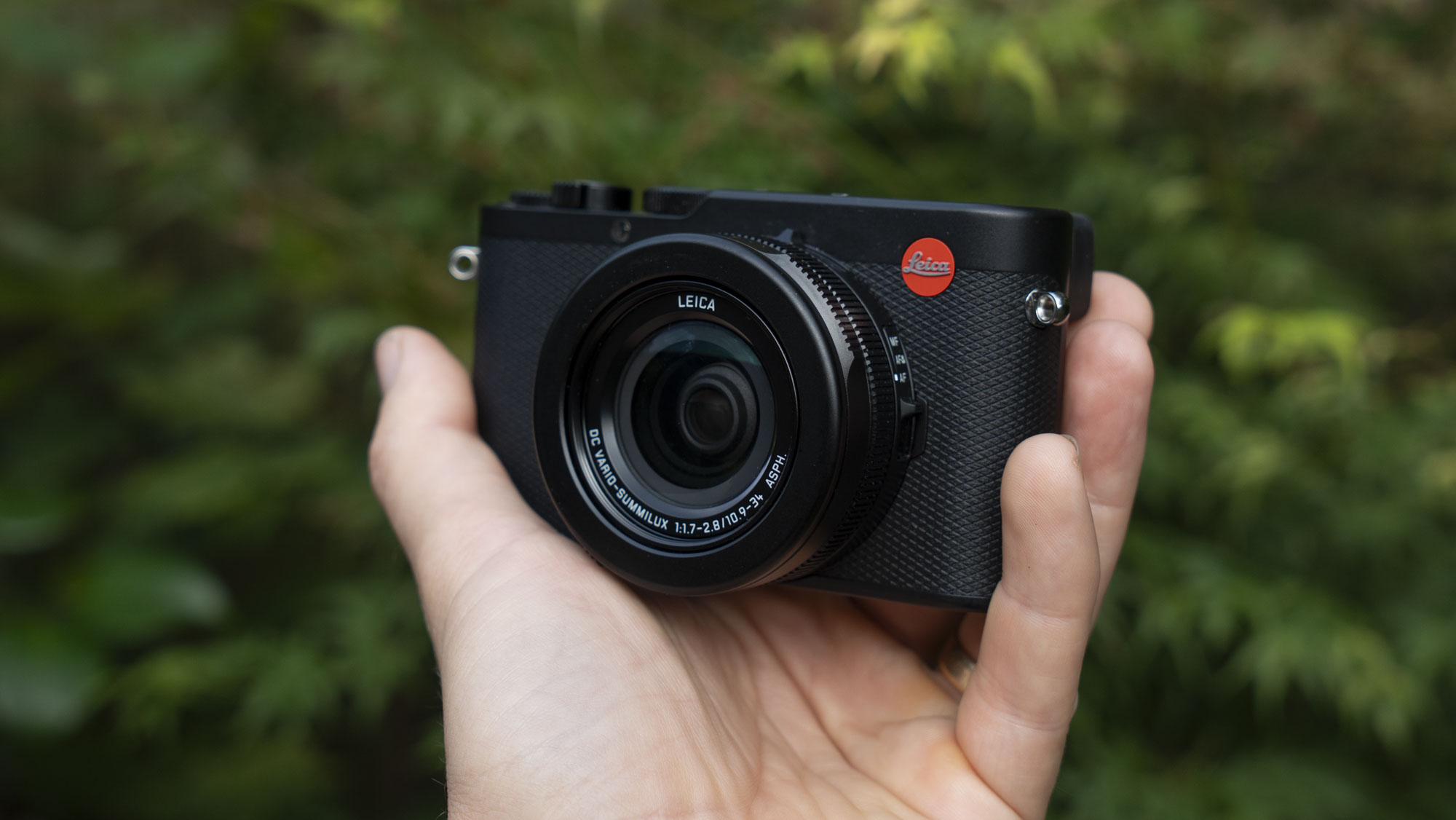
Leica D-Lux 8: design
The core of the Leica D-Lux 8 is based around a 21-million-pixel Four-Thirds size sensor. Focusing the image on to this sensor is a Leica DC Vario-Summilux 10.9–34 f/1.7–2.8 ASPH lens, the equivalent to a 24-75mm lens on a 35mm or full-frame camera. This lens doesn't create an image circle large enough to cover the entire surface of the Four Thirds sensor; instead, it produces images that are up to 17 million pixels.
Rather than seeing the lack of complete sensor coverage as a negative, Leica has actually used this to its advantage, allowing photographers to change the image aspect ratio in-camera. You can choose between 1:1, 3:2, 4:3, and 16:9, and you can select these via a ring around the base of the lens.
The Leica D-Lux 8 has a list price of $1,595 / £1,450 / AU$2,790 and is available now, although at the time of writing it's out of stock globally, so you may have to wait for your order to be fulfilled.
The camera comes with an on-camera flash unit.
As mentioned, the D-Lux 8 is very similar to its predecessor, the D-Lux 7, which itself was virtually identical to the Panasonic Lumix LX100 II, which was released in 2018 – that's a long time ago, and we've seen considerable advances in camera technology since then.
Thankfully, its features hold up well, particularly given the lack of competition in the high-end compact camera market, and the Four-Thirds sensor size is significantly larger than the 1-inch sensors typically used in this size compact camera.
Leica users have certain expectations for their cameras: manual controls, simplicity, and a minimalist style that echoes the industrial German design of all of the Leicas that have come before them. Thankfully, the Leica D-Lux 8 offers all of these things, and it both looks and feels like using a Leica camera, notably the Leica Q series.
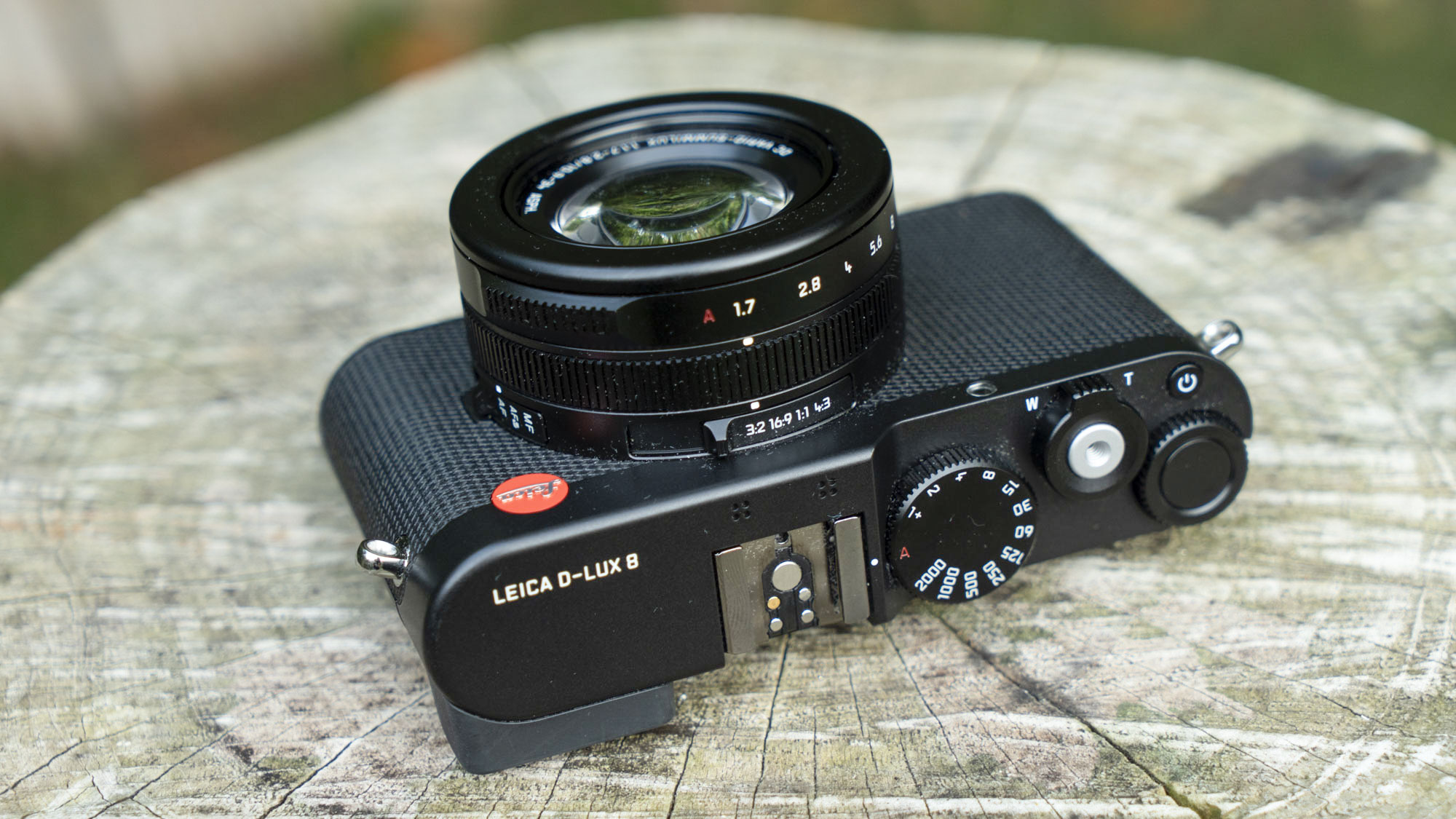
Weighing 397g, including the battery, and measuring 130 x 69 x 62mm, the D-Lux 8 is a (jacket) pocketable camera with a manual aperture ring, shutter speed dial, hotshoe, and there's even a cable release screw thread in the shutter button. On the camera's top plate there's a zoom control around the shutter button, a custom dial, and a small on/off button.
The most significant change compared to the D-Lux 7 is the improved electronic viewfinder. The new 2.36 million-dot EVF is a lower resolution than the 2.76 million-dot EVF of the D LUX-7. However, the new viewfinder is an OLED display, whereas previously, it was a sequential display, where the RGB LEDs changed very quickly, given the perception of the correct color. This works well in static subjects but can cause jarring RGB edge effects, particularly when you're panning quickly. The OLED EVF solves this.
For those not using the EVF, there's the 1.8m-dot fixed touchscreen. I have to say that with the camera's manual controls and retro design I found myself gravitating to the viewfinder instead of the touchscreen, or perhaps it was because the screen is fixed rather than the versatile tilting or flip-out type.
The viewfinder has a 0.75x magnification, which, although it isn't huge compared to a mirrorless camera, is large enough that your eye can still roam around the scene and you can see details. And there is, of course, a dioptre adjustment if your eyesight requires it.
Where the screen comes in really useful is its touch functionality. Pressing the Menu button on the rear of the camera pulls up all the current shooting settings, which can be quickly changed using the touchscreen. The touchscreen can also be used to select the AF tracking area.
Overall, the design of the D-Lux 8 could be described as streamlined; all of the key features are easily accessible, without the camera being littered with buttons, dials, and labels. Everything else can be quickly changed using the directional pad on the camera's rear, or easier still, by using the touchscreen.


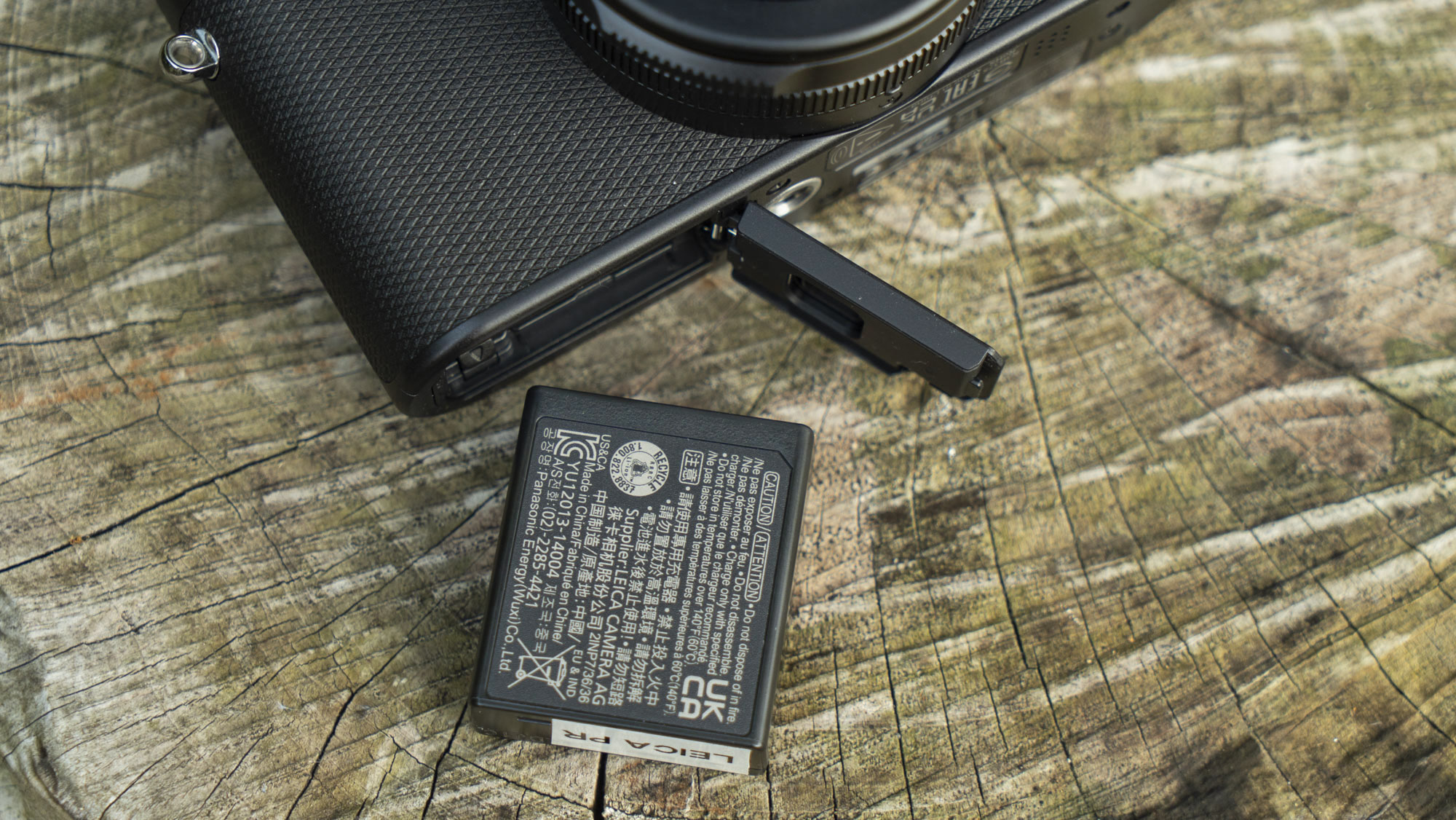
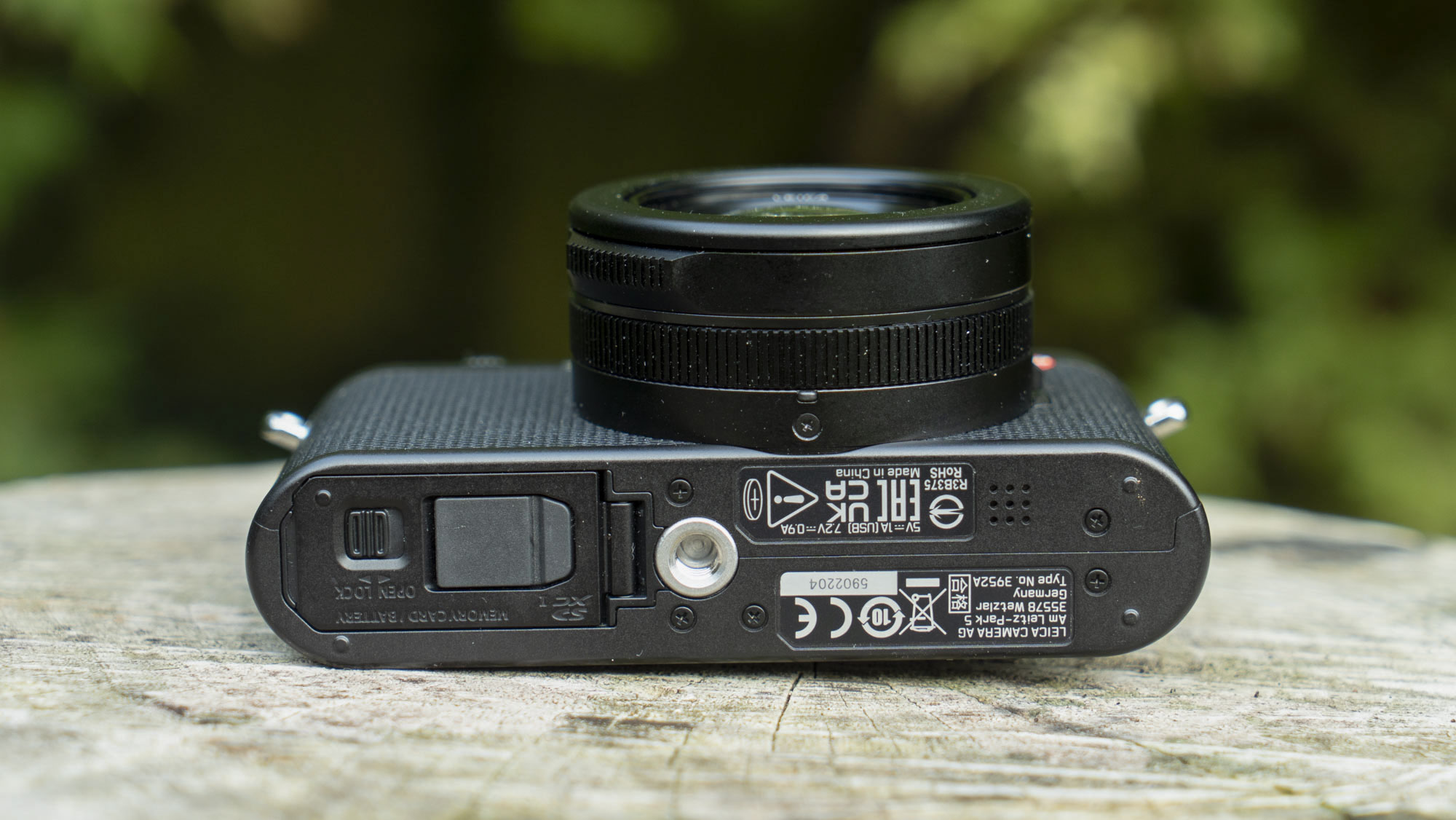

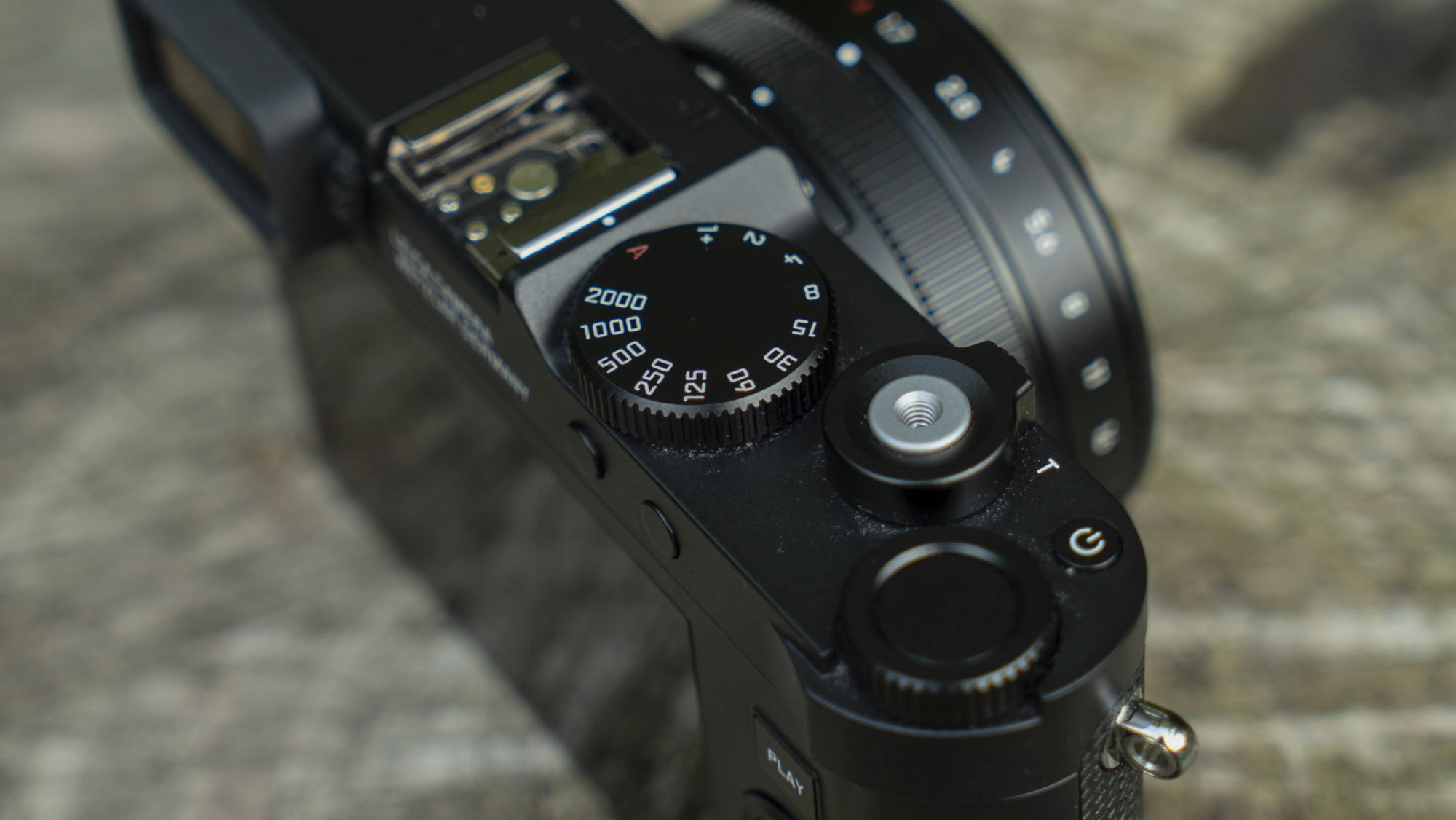
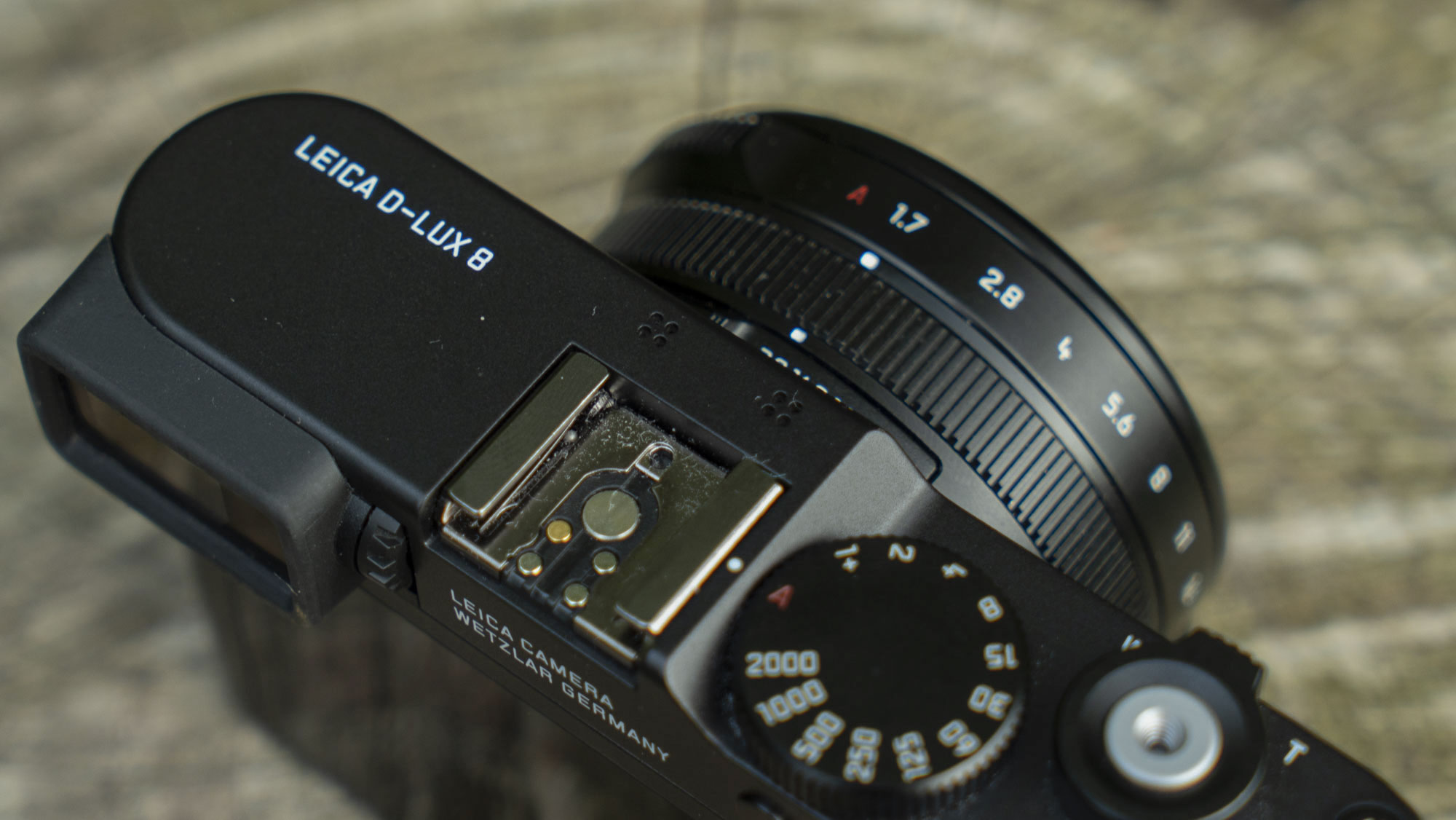
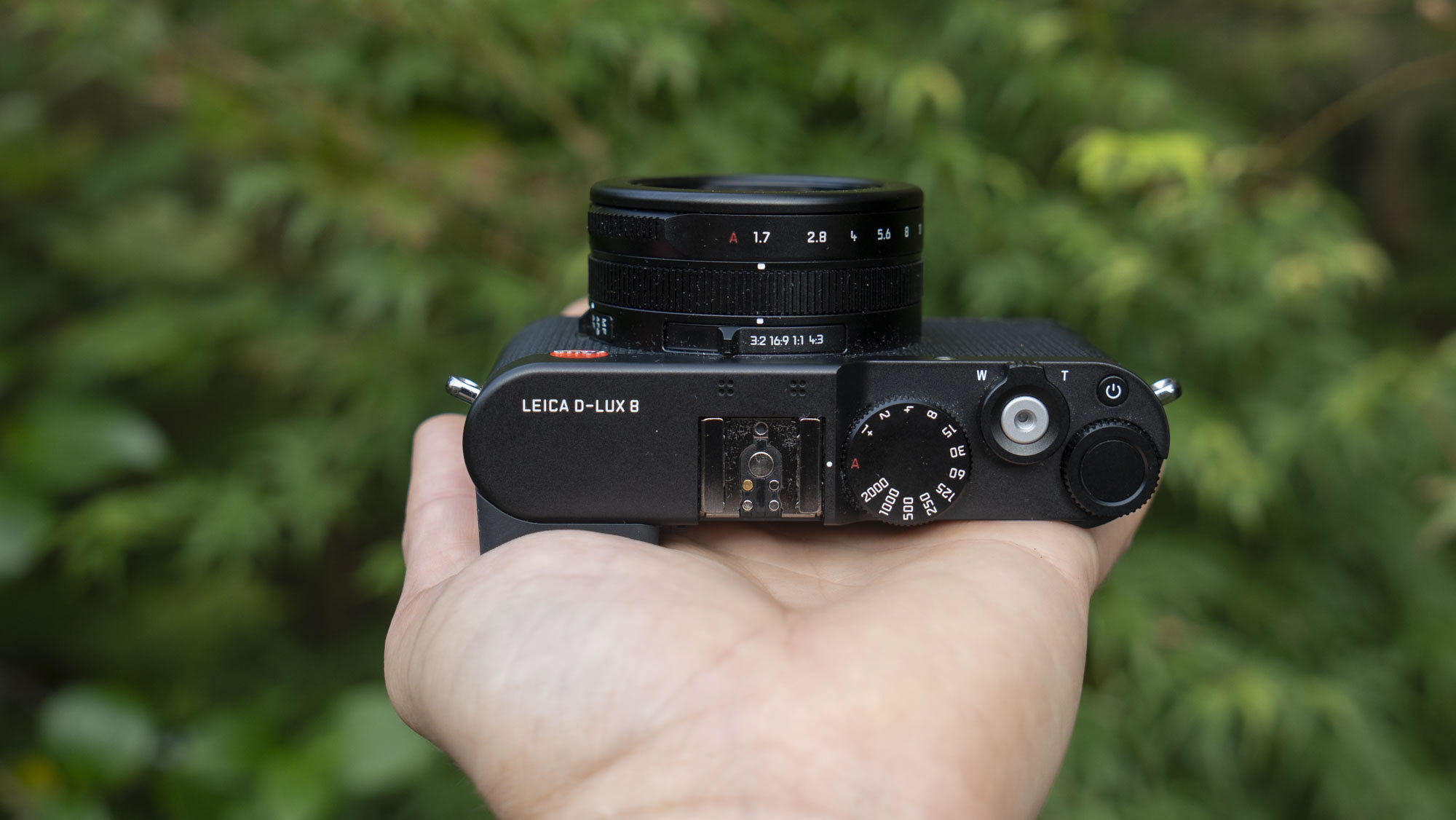
Leica D-Lux 8: performance
Leica cameras are known for their popularity amongst documentary photographers, who demand that their cameras can be operated quickly, which is often where compact cameras fall down. After you press the power there's a wait of about a second before you can take a photo with the D-Lux 8, which is an acceptable amount of time. The aperture ring and shutter speed dial make changing the exposure extremely quick, and also easy to do when you're looking through the viewfinder. That said, I'm a left-eye shooter, which made the dial a little more awkward to use with the camera held to my eye, although I largely had the camera set to aperture priority mode, so the camera was adjusting the shutter speed automatically.
Zooming the lens from 24mm to 75mm is steady without ever being fast. If you wish to manually focus the lens, there's a small switch on the barrel of the lens, close to the camera's body. A fly-by-wire electronic focusing ring allows for manual focusing, and it feels naturally responsive, something that's helped by the magnified view presented on the screen or through the viewfinder.
The autofocus system is as comprehensive as you would expect from any mirrorless camera. There are options for eye/face detection and tracking, as well as the more automated Zone Field and Multi-spot autofocus. I generally left the camera set to eye/face tracking, and used touchscreen focus when I wanted to select a particular subject within the scene. I had no issues with the focusing, and the camera felt snappy and responsive.
There are a few continuous shooting modes for moving subjects, each with a varying degree of quality. At 2fps, images can be saved at 12-bit, with autofocus. Shift to 7fps, and the bit rate drops to 10-bit with no autofocus. There's also a higher option of shooting 11fps in 10-bit without autofocus. Everything is kept simple, with these shooting rates working for JPEG, raw DNG, and when in JPEG+DNG mode.
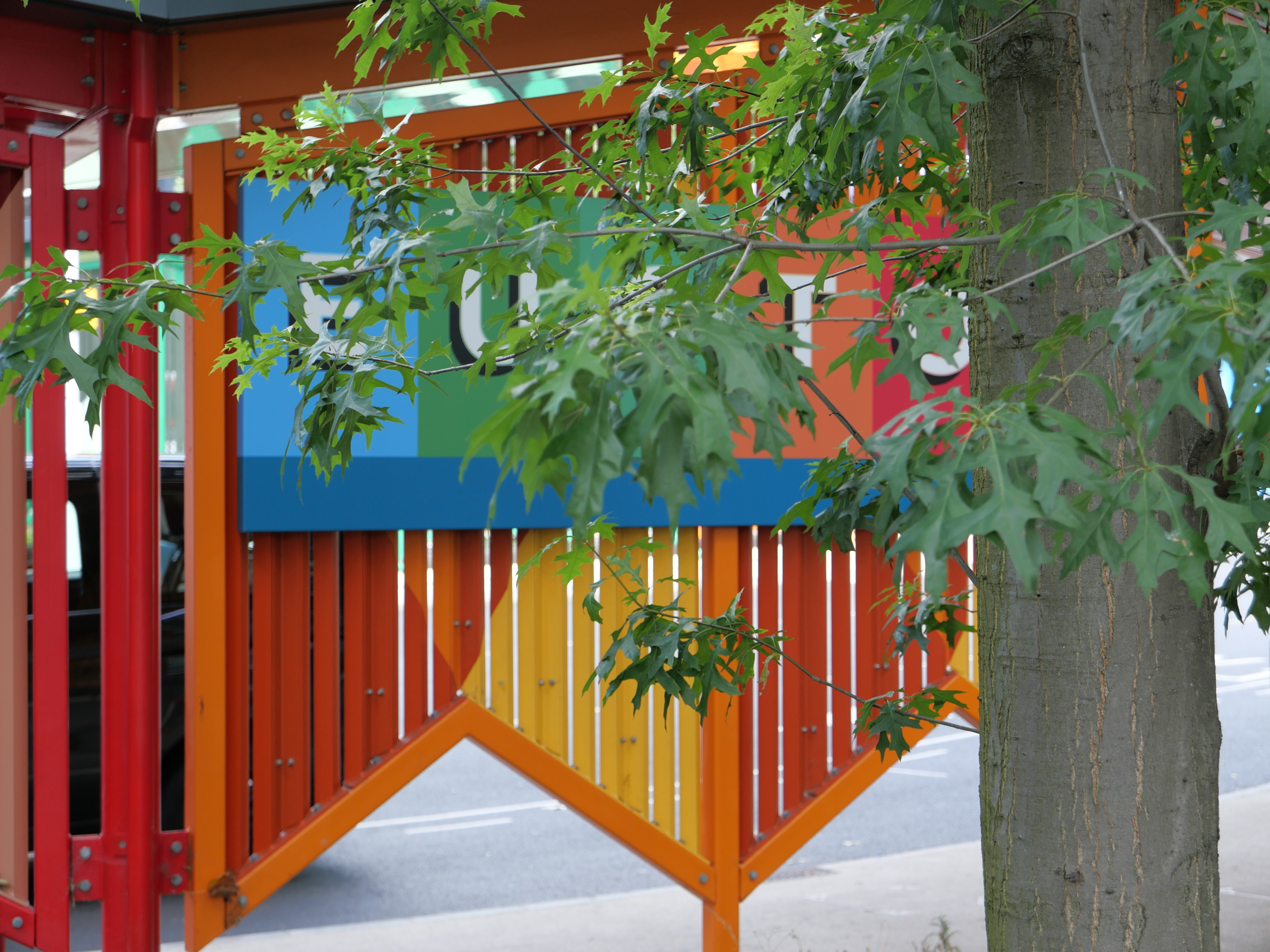
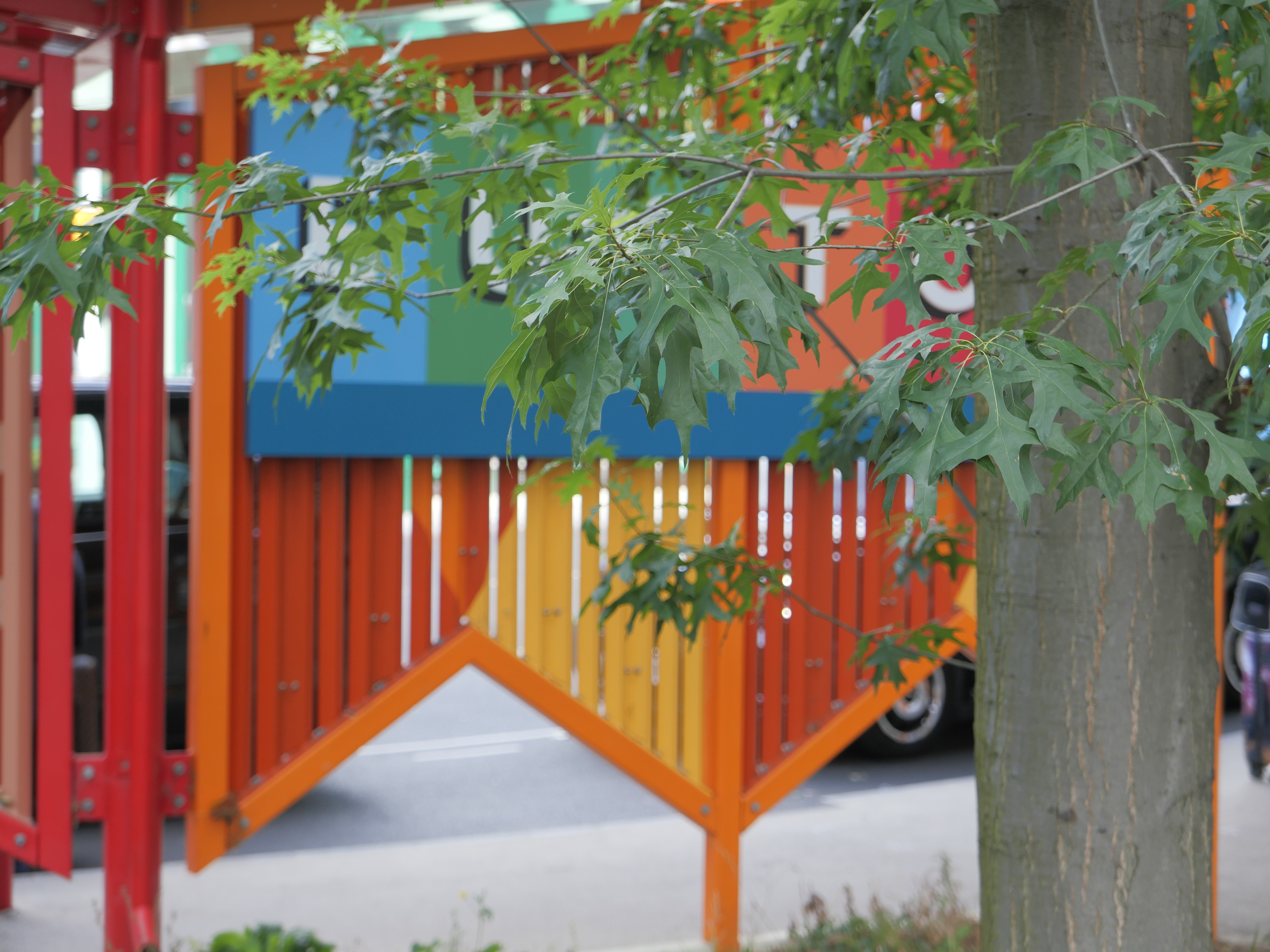
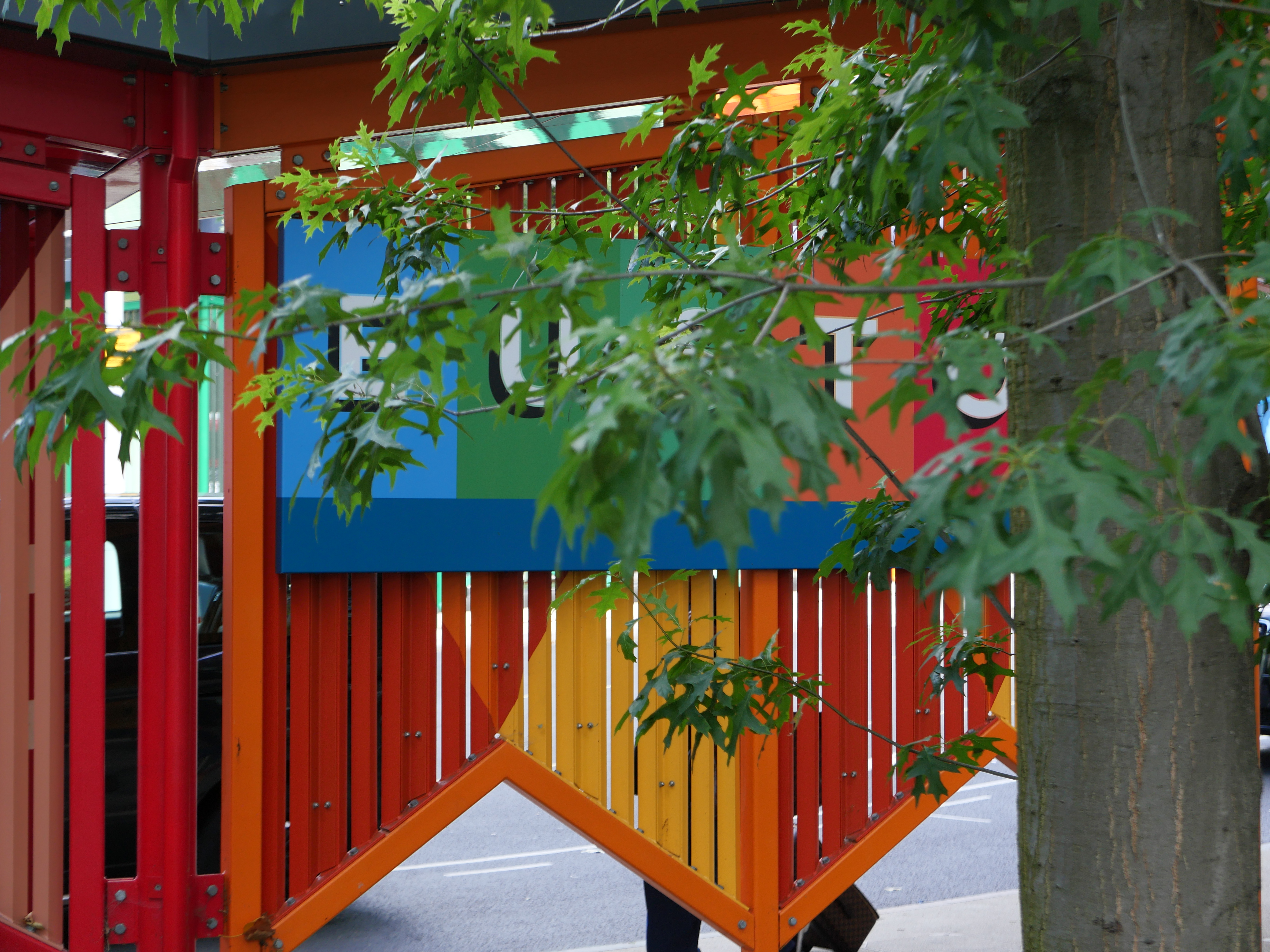
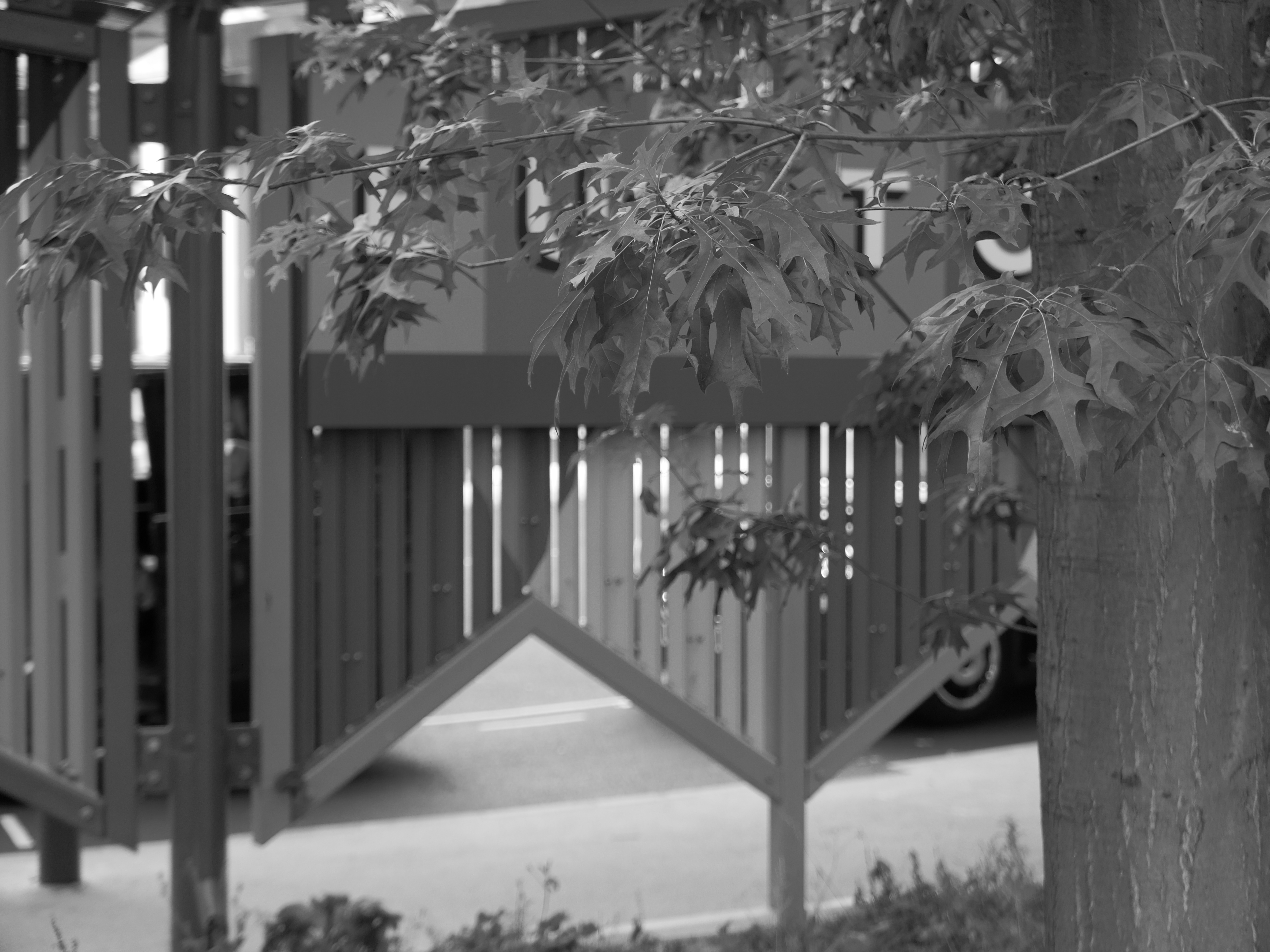

One of the more enjoyable aspects of using the Leica D-Lux 8 is Leica's film styles. There aren't an overwhelming number, with Standard, Vivid, Natural, Black and White Natural, and Black and White High Contrast options. The contrast, saturation, and sharpness of each of these can be adjusted, and there's also the option elsewhere to change the I[ntelligent]-DR and Highlight/Shadow settings. I found that images taking using the default settings looked great, although after using the D-Lux 8 for a while I changed the settings to make the shadow areas slightly brighter. It all comes down to personal preference, but having limited options that aren't overwhelming combined with excellent 'default' image quality is refreshing.
The larger Four-Thirds sensor makes a difference in image quality. Images look closer to what you'd expect from an APS-C sensor than the 20-million-pixel 1-inch sensors typically found in compact cameras. The dynamic range is good, with there usually being plenty of detail in highlights and shadows. I was also impressed with the low noise and good detail at higher sensitivities, with the camera performing as you'd expect it to with a Four-Thirds sensor. Images shot at up to ISO 1600 are perfectly useable, and even images taken at ISO 6400 look acceptable when you need to shoot in low light. Beyond this level, the image quality does start to break down, but we need to keep in mind what and who this camera is for; this isn't a camera for shooting landscapes or high-end commercial work. It will most likely be used for travel and street photography; it's a camera that's easy to take with you and can take better images in situations where you may tend to use your phone.
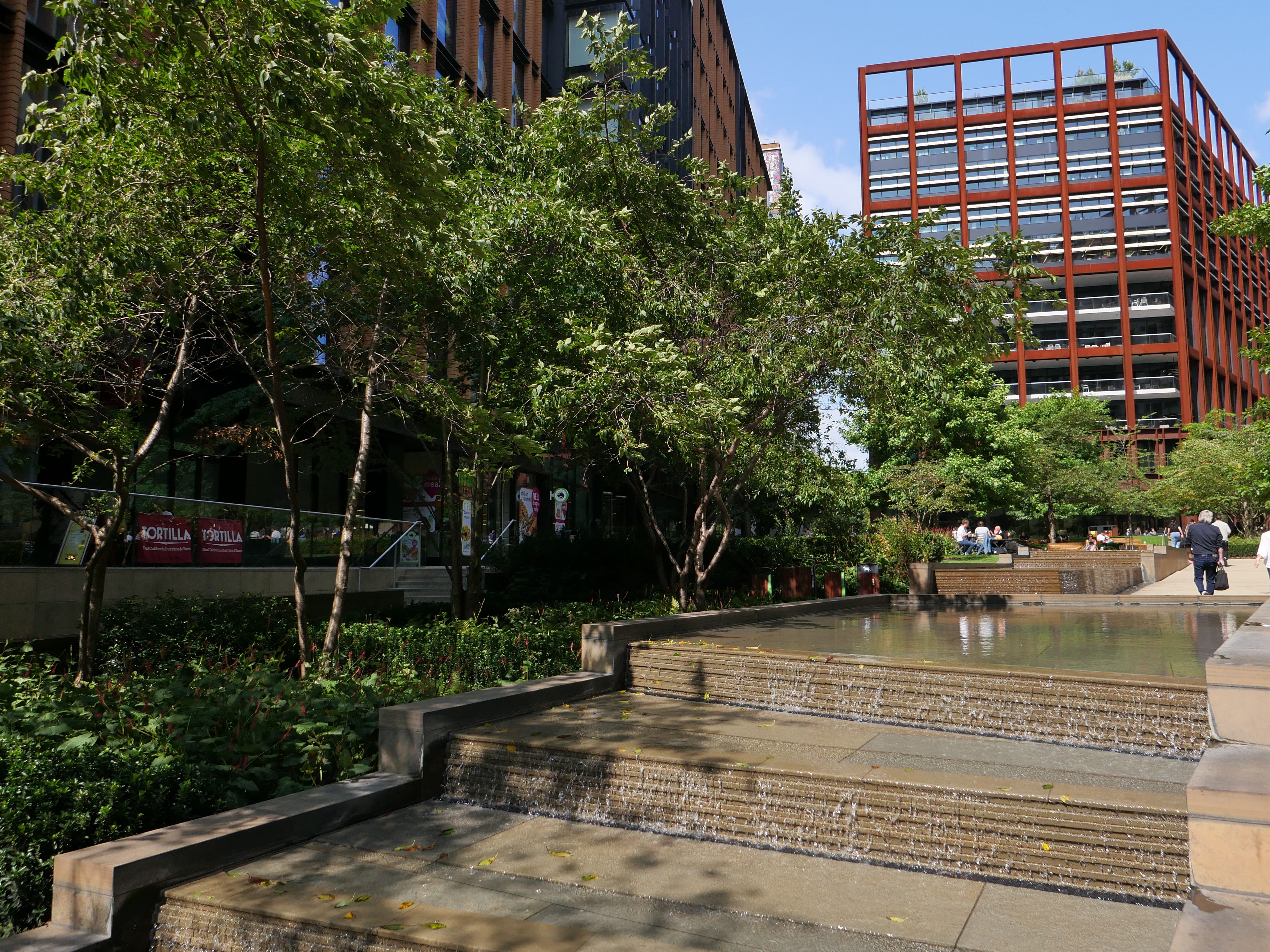
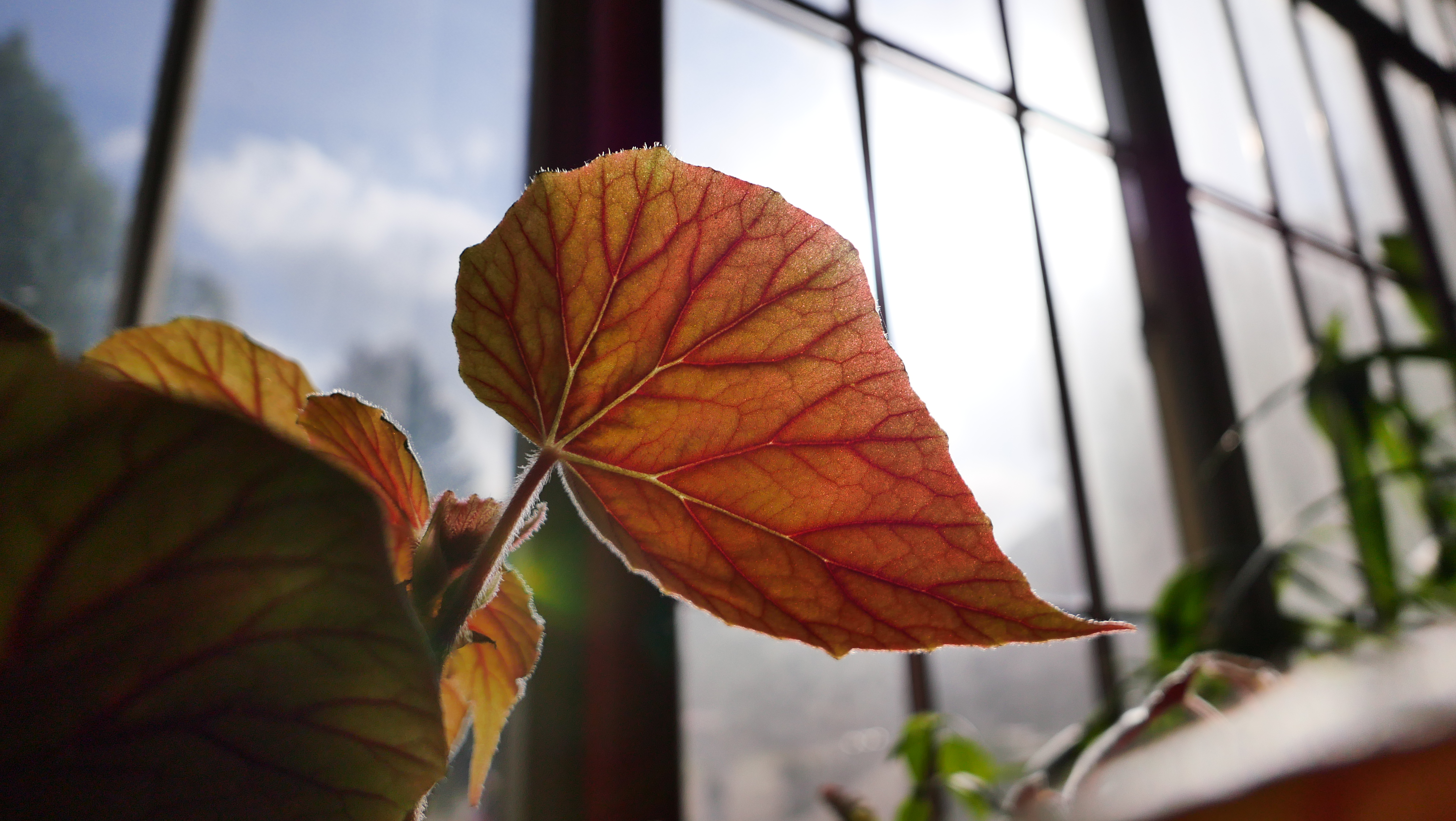

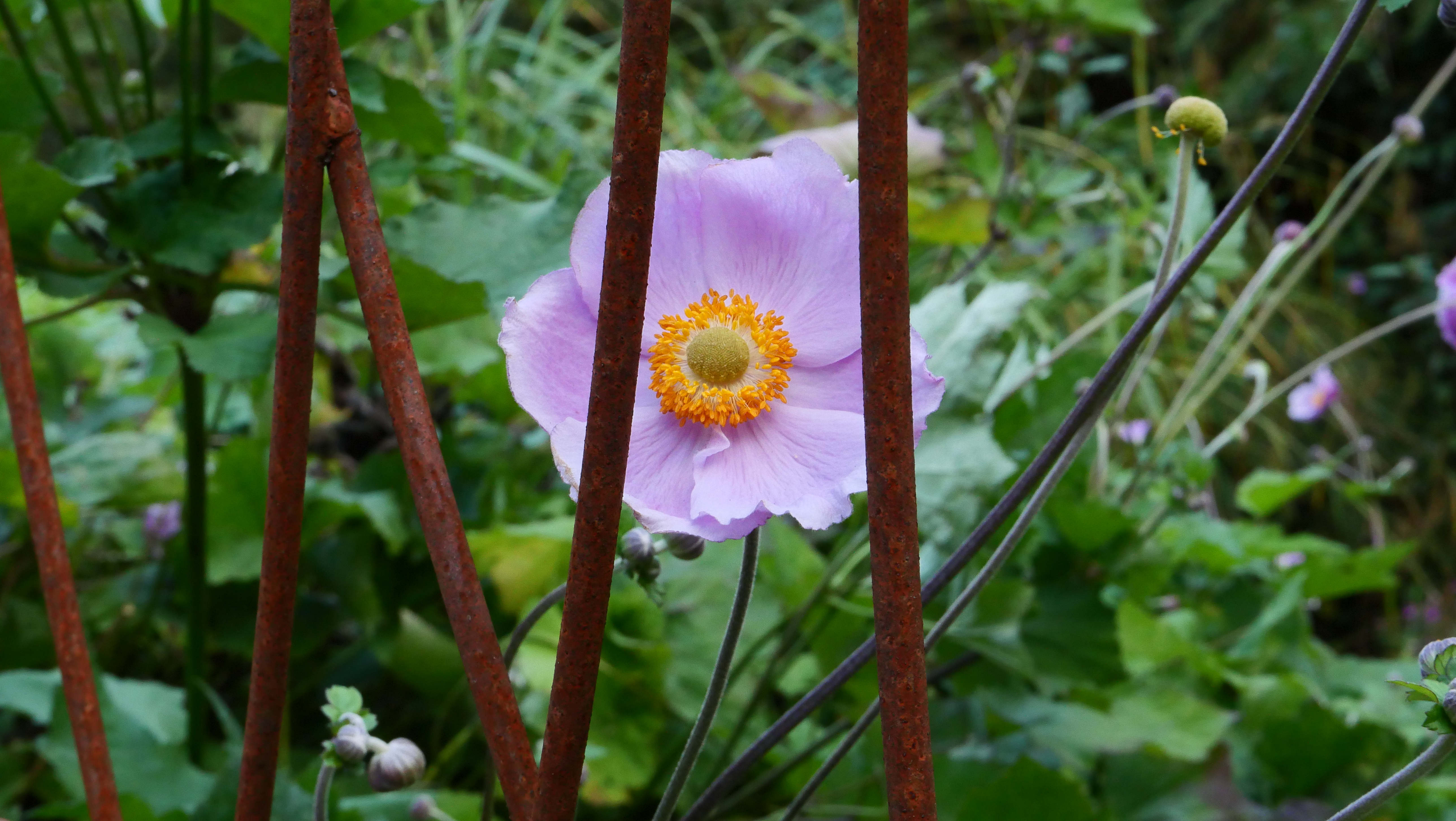

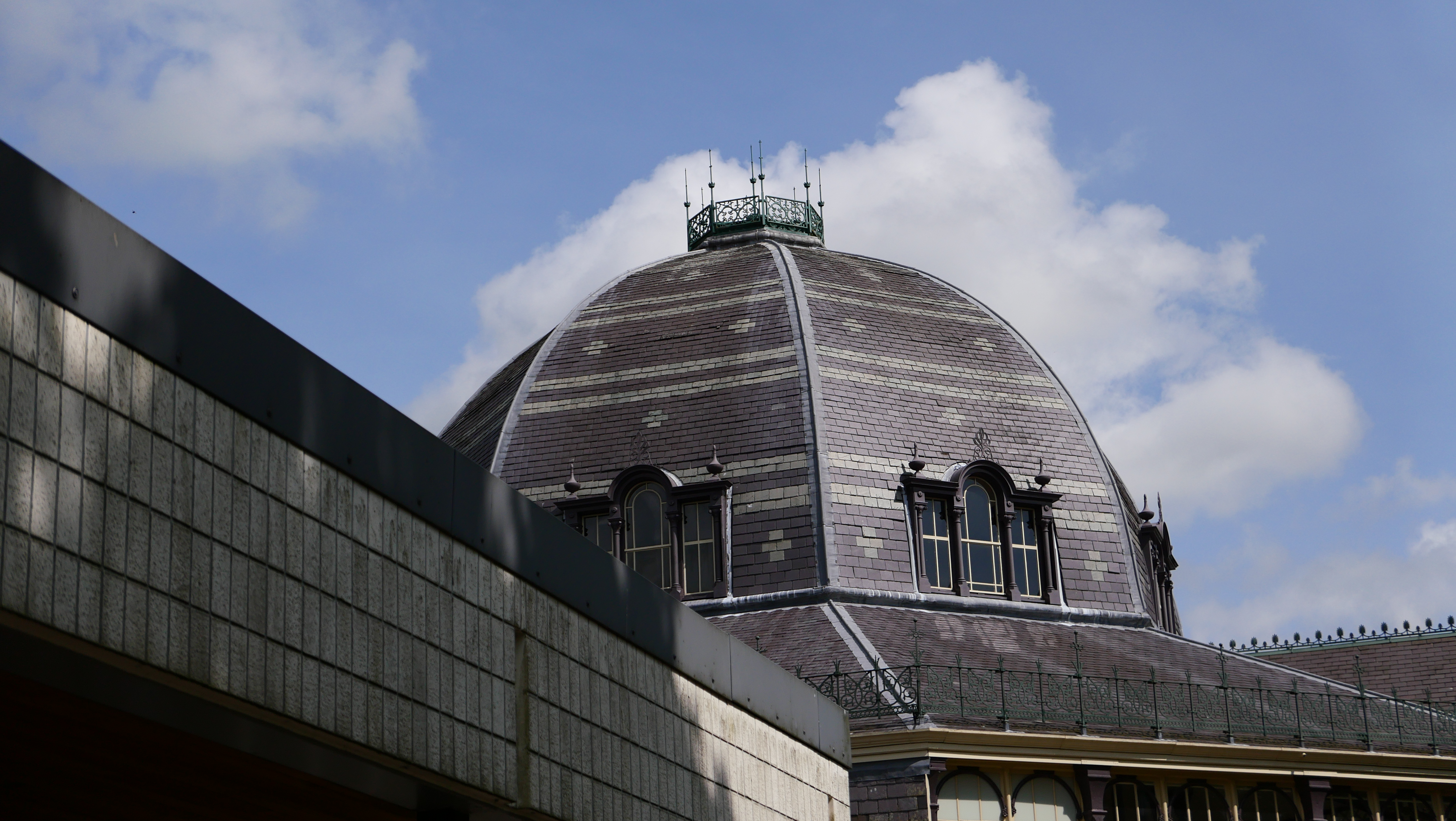
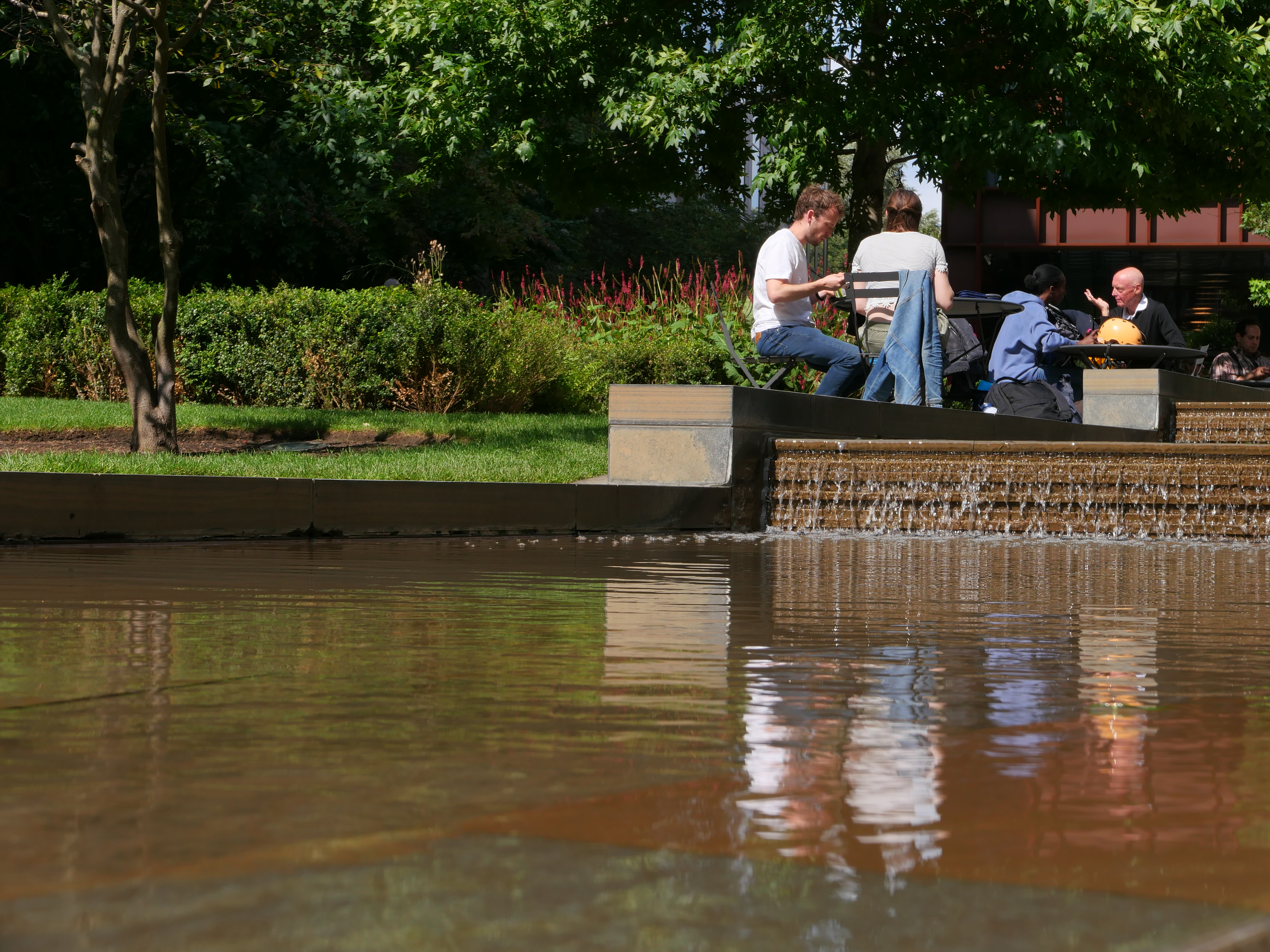




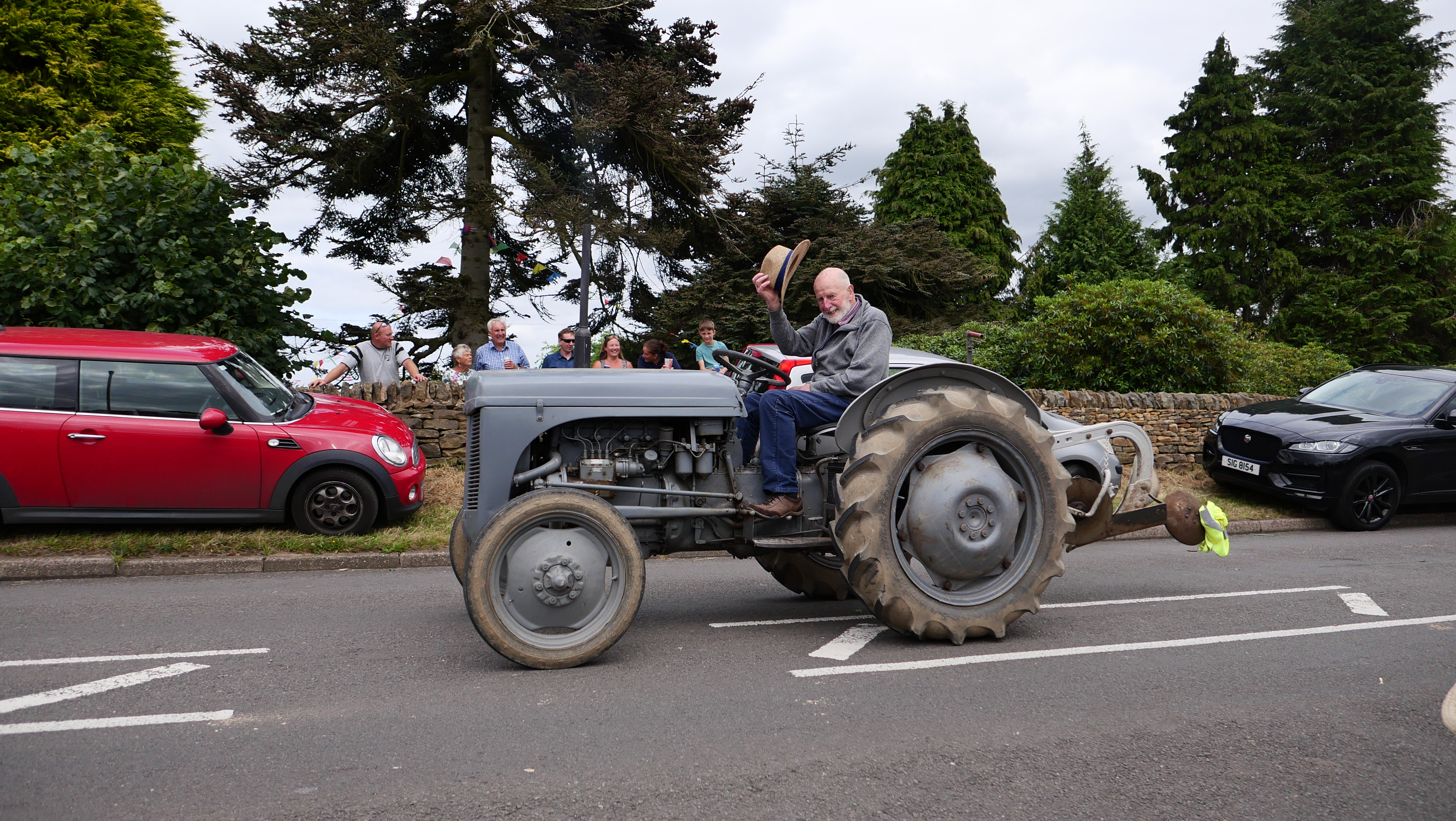
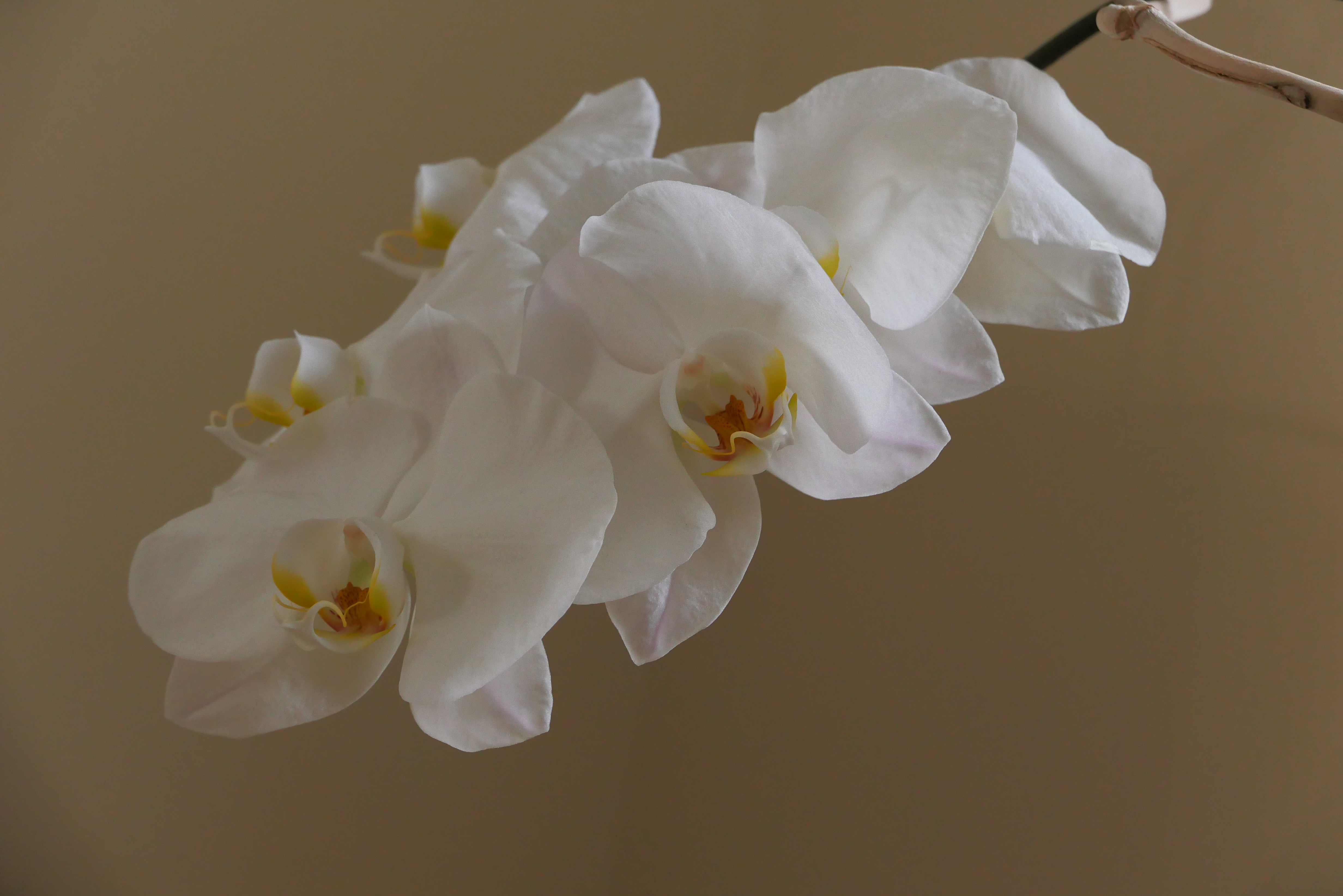
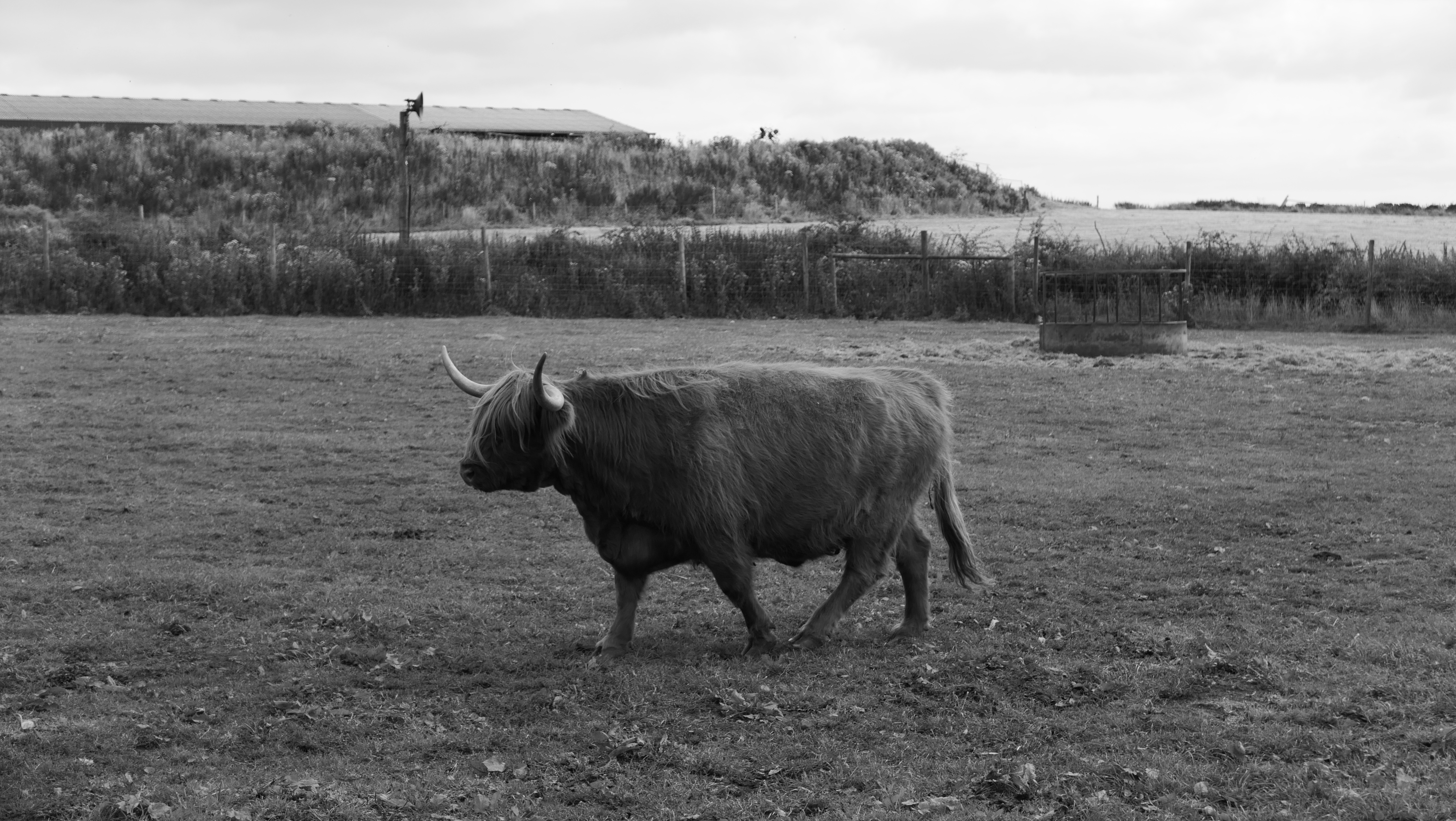
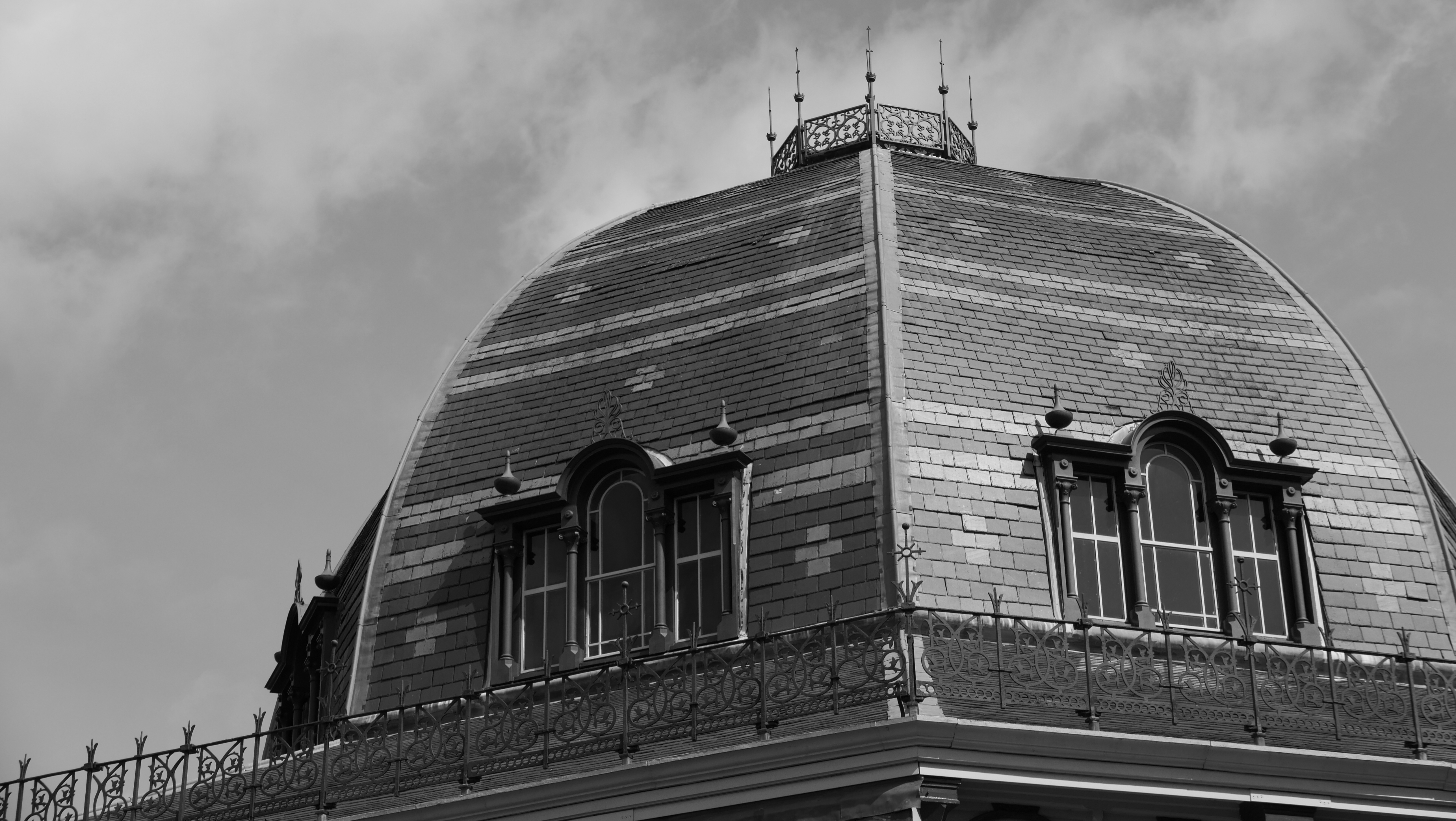
It is a pretty versatile little camera. The maximum f/1.7 aperture creates a shallow enough depth of field when the subject is quite close to the camera, and I tended to shoot a lot with the lens in this setting, particularly when photographing people. It's roughly the same as shooting at f/3.5 on a camera with a full-frame sensor, so it's enough to throw the background out of focus to isolate your subject.
I didn't shoot much video, reserving this for a few family clips and social situations, as this is how I expect the camera to mostly be used, video-wise. This is not a video-first camera. It only offers 4K capture at 30fps at 100Mbps and Full HD at 60fps at 28Mbps, and there's no articulated screen or external mic socket. The Leica D-Lux 8 simply isn't designed to shoot a video longer than a few seconds; even content creators would be better off using their smartphones and being able to upload footage directly.
Should I buy the Leica D-Lux 8 Camera?
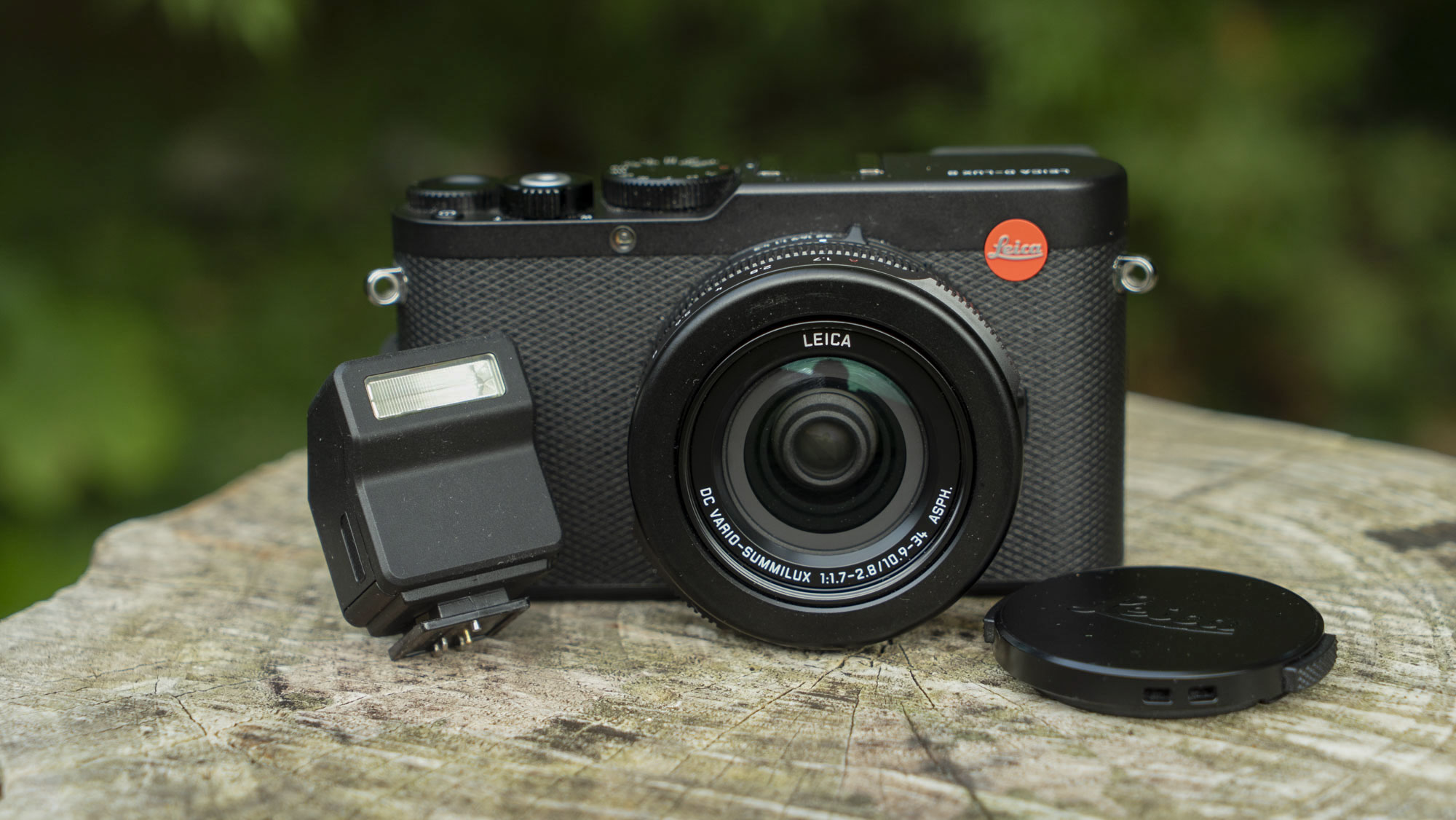
Buy it if...
You can't afford an M or Q Series Leica
If you love the Leica style, or just want to own a camera with that distinctive red logo without breaking the bank, the Leica D-Lux 8 is your best option.
You want a camera that's better than your smartphone
Yes, smartphone cameras are improving, but the Four-Thirds sensor offers a big jump in quality. And the D-Lux 8 can still fit in a (reasonably sized) pocket.
You want simplicity
One of my favorite features of the D-Lux 8 is its simplicity. The button and menu layouts are simple, and the camera isn't littered with options that you'll rarely if ever use. You can just point and shoot
Don't buy it if...
You own a D-Lux 7 or Panasonic Lumix LX100 II
At its core, the Leica D-Lux 8 is essentially the same as these two older cameras, so it's an expensive upgrade, and not an essential one.
You shoot video
The Leica D-Lux 8 can shoot video, but with no articulated screen and limited image stabilization, it's far from ideal.
You shoot from the hip
The Leica D-Lux 8 is in many respects a great camera for street photography. However, with no articulated screen, those who like to hold the camera at waist height and shoot discreetly should look elsewhere.

How I tested the Leica D-Lux 8
- I used the camera for a couple of weeks in a variety of situations
- I shot documentary images at a local event
- I paid close attention to the depth of field the camera captured
I tested the Leica D-Lux 8 over a couple of weeks in the summer in the UK, which included a family holiday. During this time, I used the camera at a local festival, a day out at a farm, and took lots of photos of friends and family.
Overall I aimed to use the D-Lux 8 as an everyday camera, which I believe is how it will mainly be used. Using the camera in this way allowed me to experience it as the target user would, and to try all of the various shooting options in various situations. I also took it with me on a morning walk around London, shooting a few street photos, which I'll admit I am not very good at.
I viewed my images in Adobe Bridge on a computer, examining details in images taken at different ISO settings, and I also edited some images in Adobe Camera Raw to see how much latitude they offered for manipulation.
First reviewed September 2024
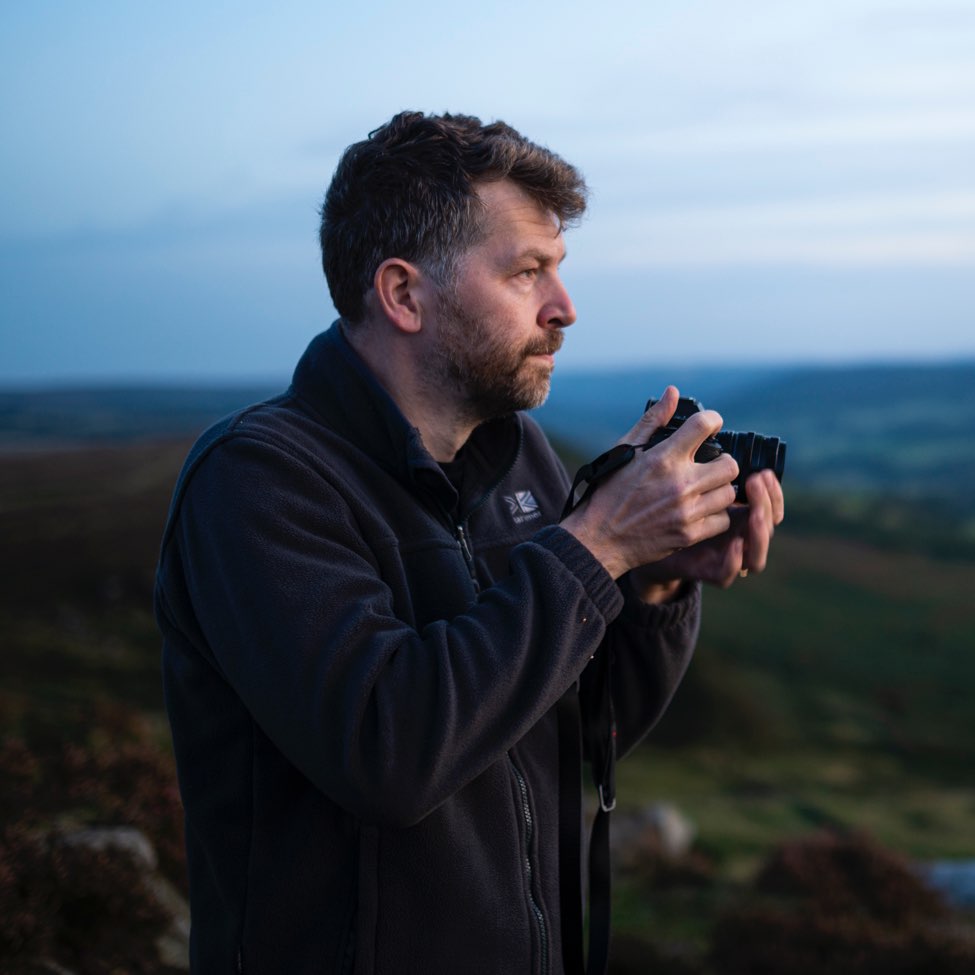
Richard Sibley is a photographer and writer passionate about travel and landscape photography. With over 15 years of experience writing and reviewing in the photo industry, he was formerly Deputy Editor at Amateur Photographer magazine and has had his words and images published in numerous other magazines and websites. Richard combines his love for photography with a deep interest in technology and gadgets. Beyond his professional pursuits, Richard embraces fatherhood and finds solace in gardening, cold plunges, long walks, and listening to podcasts. He is an aspiring minimalist, though the constant lure of new gadgets significantly challenges this ideal.
